In this post I'll be testing a few different flashes for close-up UV photography. We'll be looking at:
- Godox AD200 Pro with the standard head
- Godox AD200 Pro with bare bulb and AD-S2 small reflector
- Vivitar 283
- Cokin Creative Flash
- Canon MT-24EX Macro Twin flash
- Godox R200 Ring flash for AD200
If you prefer a video version of this post, that is available here: Flash comparison for Ultraviolet close-up photography.
This test was shot with my full spectrum modified Canon R5, the EL-Nikkor 80mm, and a rear-mounted Baader U filter. Exposure settings on the camera were ISO 800, f/5.6, 1/160s.
Photos are of my UV colour checker, the main thing we want to look at is how bright the image is. Then we also want to check the PTFE is white and how bright the UV pass filters are, particularly the ZWB1 on the middle row at the left.
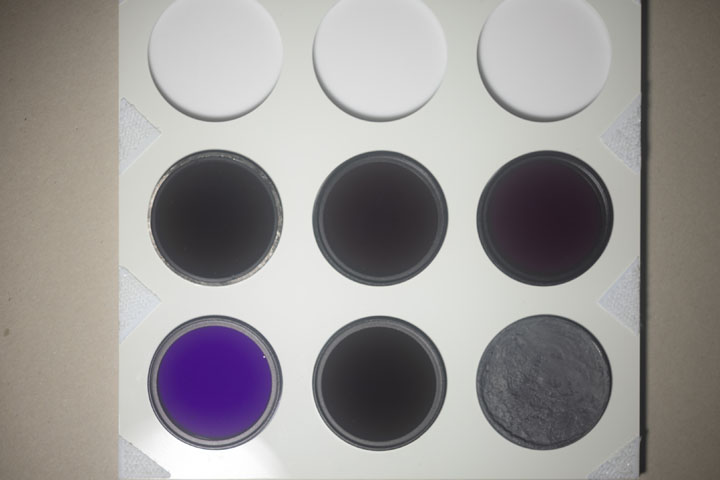
UV Colour Checker in visible light - main part is acrylic and should be blue in UV. Top row of holes is PTFE, which should be neutral in UV. Middle row is ZWB1-3, which should be yellow in UV. Bottom row is: ZB1, which should be transparent (showing white PTFE below) / slightly yellow in UV; HB700, which should be black in UV; and grey PTFE, which should be neutral in UV.
AD200 with standard head
The AD200 is the largest and heaviest of the flashes I'm testing. It has a Lithium-ion battery, which lasts for ages. You need a Godox flash trigger on the camera to trigger it, and you can control the flash power from the trigger unit.
First we'll look at the AD200 with the standard head with no modifications, this was at 1/16 power. The fresnel lens of the standard head blocks UV and so we end up with a black image:
Next we'll try the AD200 with the standard head again, but modified to remove the Fresnel lens, again this was at 1/16 power. This gives us a good image:
AD200 with bulb head & AD-S2 reflector dish
The AD200 comes with a bare bulb head, and you can purchase the AD-S2 reflector dish for it quite cheaply.
This gives a very similar result to the standard head:
Note that this was with the flash body kept at the same position as the test with the standard head, and the reflector dish sticks out quite a lot further than the standard head. In practice you generally want to get your light source as close to your subject as possible, meaning with the bulb head and reflector you'll need the flash slightly further away, resulting in slightly less light.
Vivitar 283
The Vivitar 283 is an old cheap flash and smaller and lighter than the AD200. It is meant to be a hotshoe flash but the trigger voltage I measured at 266V, which would likely damage any modern camera. The flash uses 4 AA batteries and the wireless kit I use with them uses 2 AAA batteries in the receivers and a coin battery in the trigger. The flash seems to get through batteries quite quickly, and I have also found the cheap wireless systems I've used with it not to be very reliable.
To control the flash power you need to use a variable resistor, I use an A100K pot. If I was still using these as my main flash today I would probably try and 3D print something and calculate the correct positions of the knob for different flash powers. But that's too much work when I have the much better AD200s.
This was shot with a Vivitar 283 with the fresnel lens removed. Unfortunately I can't say what power it was shot at, but the pot was set to 65.6K.
And this is at full power:
The Vivitar 283 unmodded without the UV-blocking fresnel removed gives a very dark image:
Cokin Creative Flash
The Cokin Creative Flash is an old flash with 3 small heads that mounts on a Cokin A filter holder on the end of your lens. Though for this test I just hand-held it. It takes 4 AA batteries. The flash has a lot of pins on the foot and you can adjust which camera system it is for, though I don't know how well auto power would work with modern cameras. I used manual power at 1/16 for these tests. Trigger voltage I measured at 10.4V.
First looking at the flash placed off-camera at around the same position as the AD200 and Vivitar 283 were in the previous tests. We can see the image is much darker, but I wouldn't expect small flash heads to give the same light output as a much larger flash head when both are set to 1/16. This is also without modifying the flash at all.
Now holding the flash around the end of the lens, the result is pretty similar except we can see the reflection of the flash.
With the plastic removed from in front of the flash tubes, there's not much difference. This is with the flash placed around the end of the lens.
And this is with the flash off-camera at approximately the same position as the Vivitar 283 and AD200 were. So we can say that the plastic in front of the flash tubes doesn't block much UV and so there's no point modifying this flash for UV use.
The heads allow you to adjust the angle, but I found they do not tilt in enough for work at close focus distances. I think this is partly due to just the tilt angle not being very much. And partly due to how far in front of the lens the flash heads sit, meaning they need a greater angle than something where the flash heads sit slightly further back, like the MT-24EX. So while okay for close-ups, the Cokin is not so great for macro work at life-size and above.
Canon MT-24EX Macro Twin flash
The MT-24EX Macro Twin flash from Canon is quite old now, but still much more recent than the Vivitar 283 and Cokin flashes. It was my main flash when I used to do a lot of insect photography. This takes 4 AA batteries and provides 2 small flashes that sit around the end of the lens, which you can position individually. The flashes can also have their tilt adjusted, and they can tilt down at a good angle making them suitable for both close-up and macro photography. The flash ring fits directly onto some Canon Macro lenses, or otherwise a Cokin A ring can be used.
Without any modifications I had to boost the set the power up to full, and the image is still barely visible. This is with the flash off-camera.
With the flash at the end of the lens it's the same:
If we remove the fresnel lenses from the MT-24EX flash heads we get a much better result, similar to the Cokin Creative flash. This was shot at 1/16 power and the flash at the end of the lens
With the flash off-camera we get some weird shadow patterns, though I'm not really sure of the cause. (I took two of these since the result was so odd to make sure I hadn't messed up somehow with the first image).
The MT-24EX is much more complicated to remove the front UV blocking fresnel lens from than the other flashes. The other problem with it is that the fresnel lenses are moulded, not just a flat piece of plastic that slots in. This makes it much more difficult to replace with UV transparent plastic.
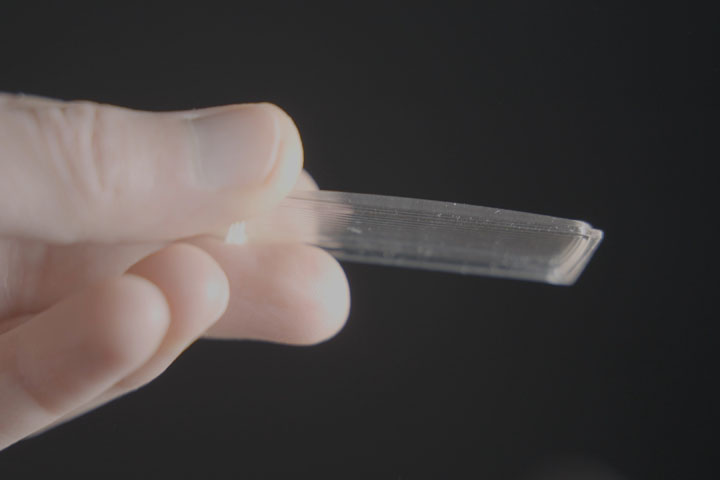
Fresnel lens from MT-24EX flash head
I did think maybe the white plastic in the head that the fresnel fits on could be removed as well and replaced. But the way the design of it integrates with the rest of the flash head would not make this an easy replacement.
So I think if you did want to use the MT-24EX for full spectrum photography you'd either need to glue the UV transparent plastic onto the front, or create something that holds the plastic over the front and clips onto the sides of the flash heads. Or just go bare if you don't mind risking the bulbs smashing (and bear in mind this dangerous for whatever you are pointing the flash at as the bulbs can explode by themselves, shooting out sharp glass shards).
Godox R200 ringflash for AD200
The Godox R200 ringflash is a ring flash head that connects to the AD200. It is big and bulky and designed more for fashion than close-up photography. It mounts to the camera via a bracket that allows you to adjust the position of the ringflash back and forward and up and down to accommodate various cameras and lenses.
At 1/16 power and the R200 positioned around the end of the lens, we get a very dark image. Better than the other flashes when they still have the UV blocking glass in front though.
And off-camera it is the same
If we remove the plastic cover from the R200, it doesn't seem to make any difference. This is at 1/16 again, positioned around the end of the lens.
And the same off-camera again:
Conclusion
In conclusion, we can say there is not really a good solution. AD200 gives a good amount of UV but is big, heavy, and expensive. Vivitar 283 is also decent in UV, and cheap, but is more difficult to use and can't be directly connected to modern equipment. The Cokin flash is passable in UV without any modification but doesn't seem suited to macro photography. The MT-24EX is passable in UV but difficult to modify.
I should also note that it is quite likely that the UV output may vary for a single flash between production batches. My Godox AD200 standard head outputs a brighter UV image than my PixaPro AD200 standard head (whether used on the PixaPro or the Godox body).
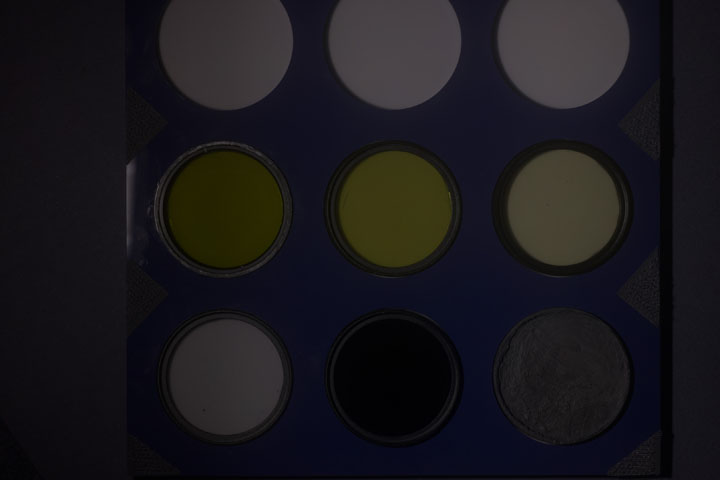
Pika 200 Pro w/ modified standard head, ISO 100
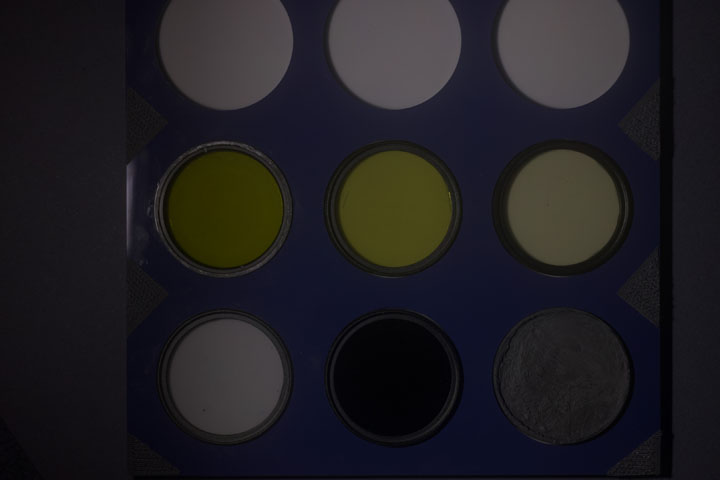
Godox AD200 Pro w/ modified standard head, ISO 100
And I've not looked at light quality in this comparison, only the amount of light. A larger flash head will give softer light than a smaller flash head, assuming they are the same position from the subject. The light quality is something I'll look at more in a future post as I'm still testing it at the moment.

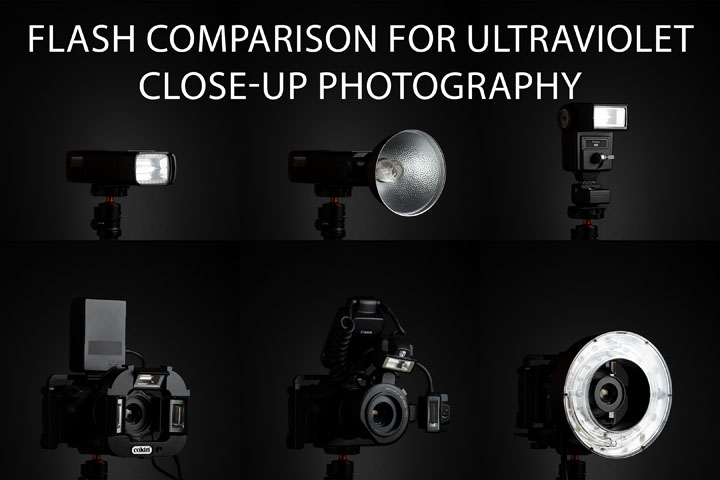
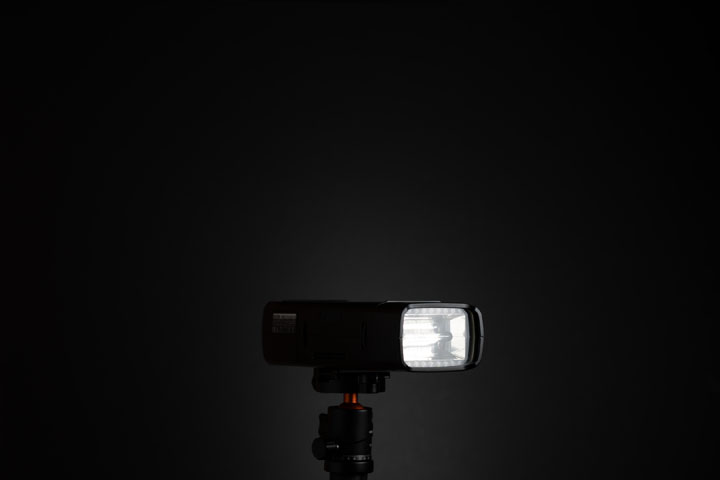


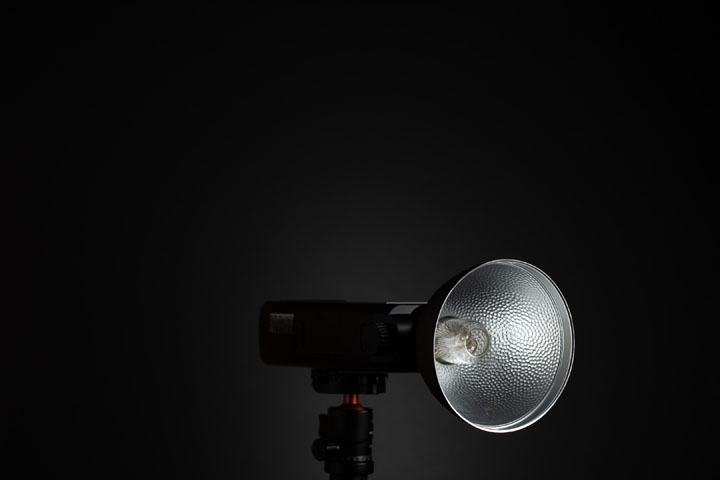
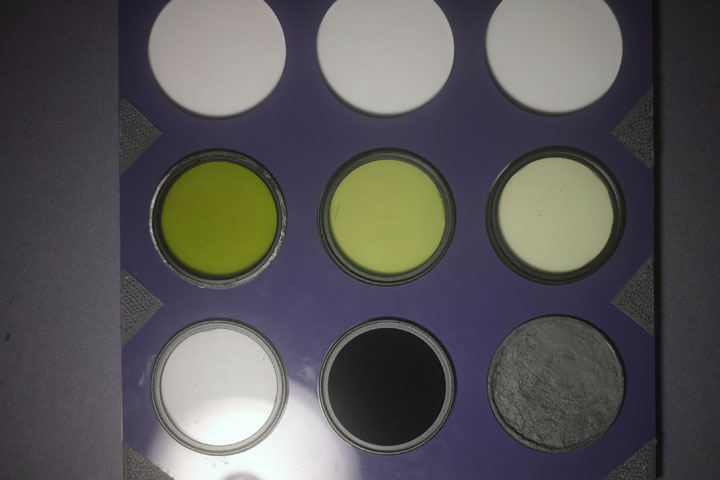
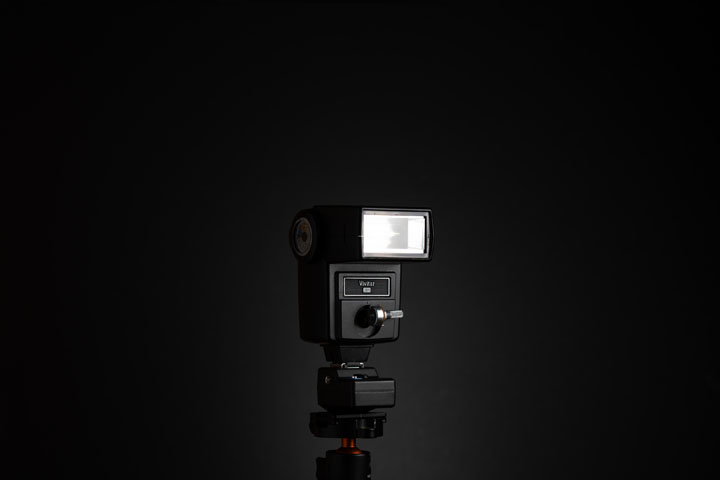

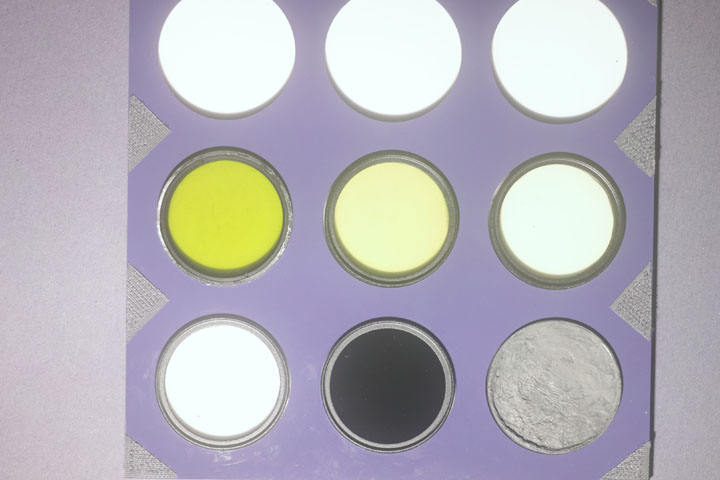

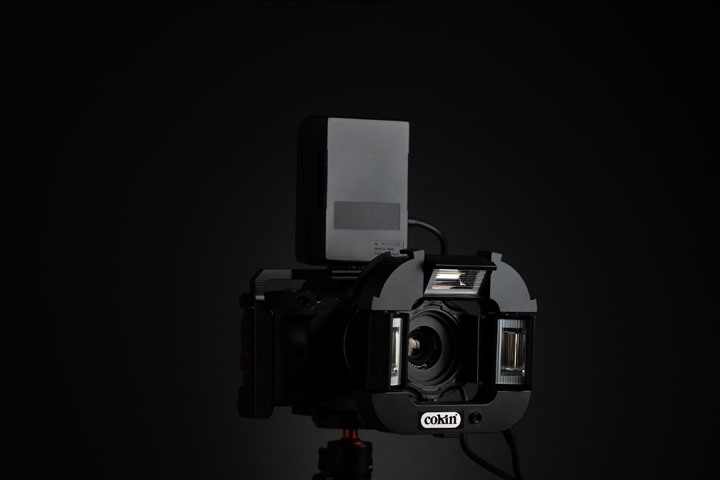
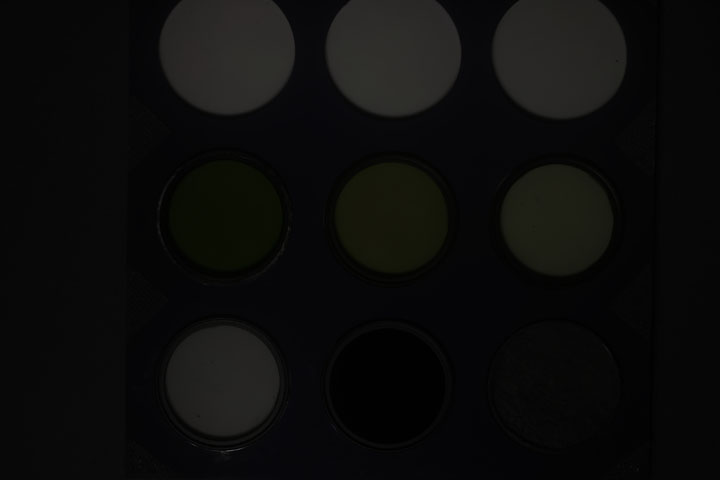
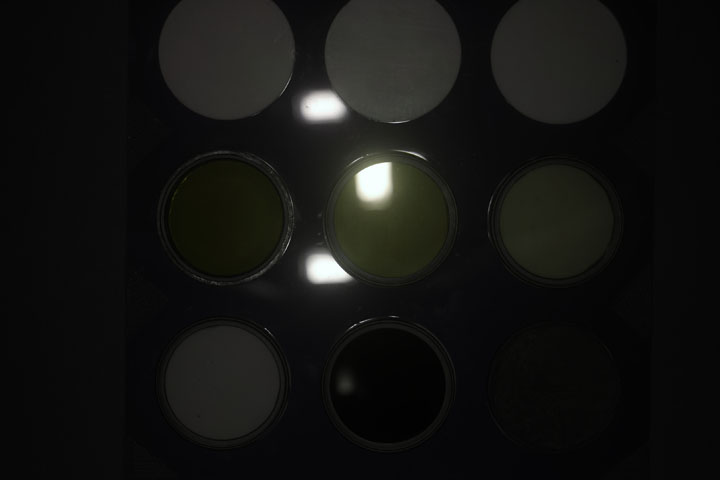
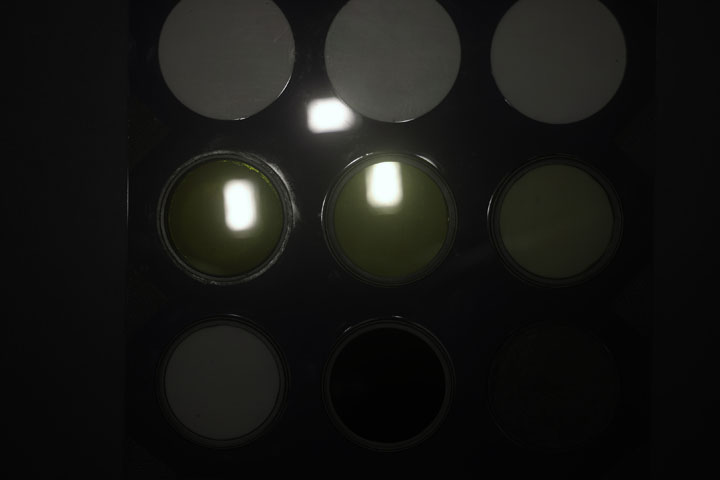
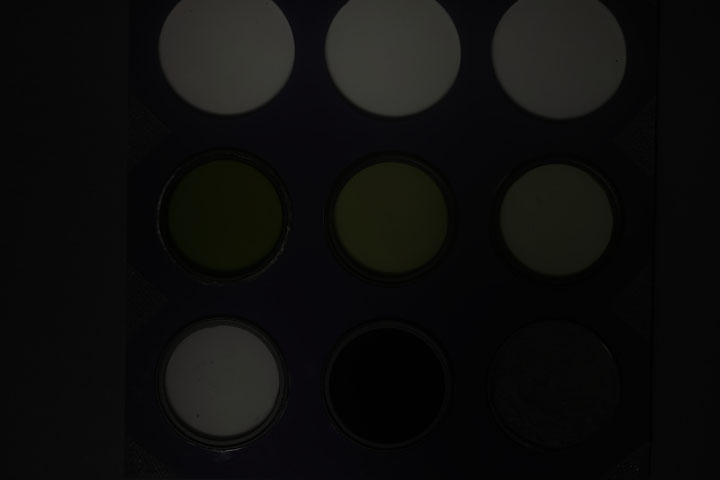
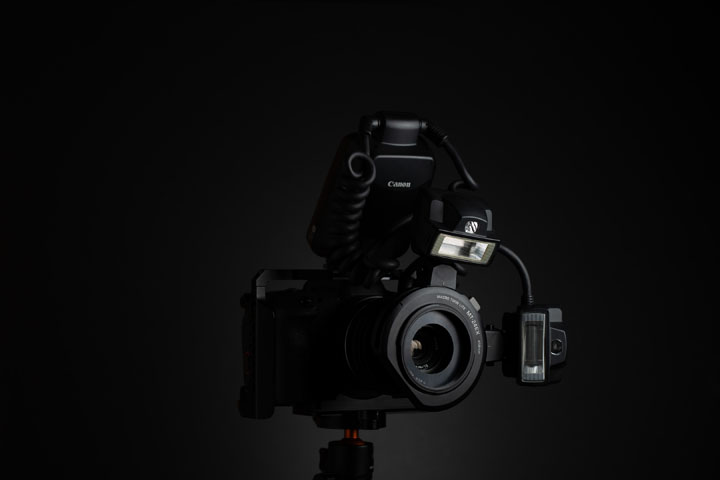

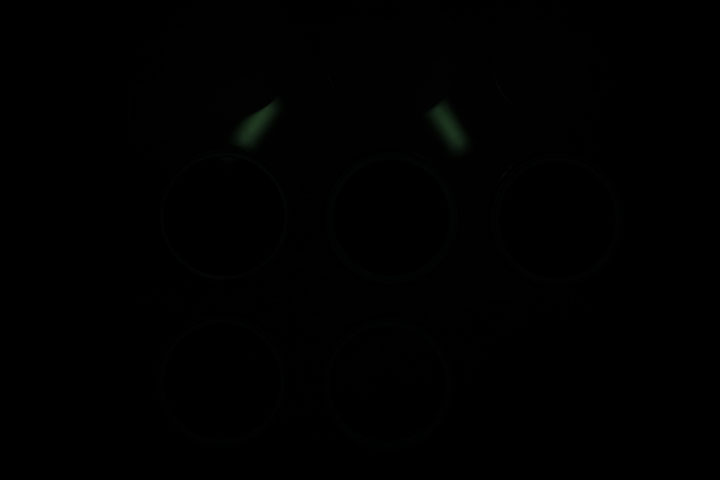
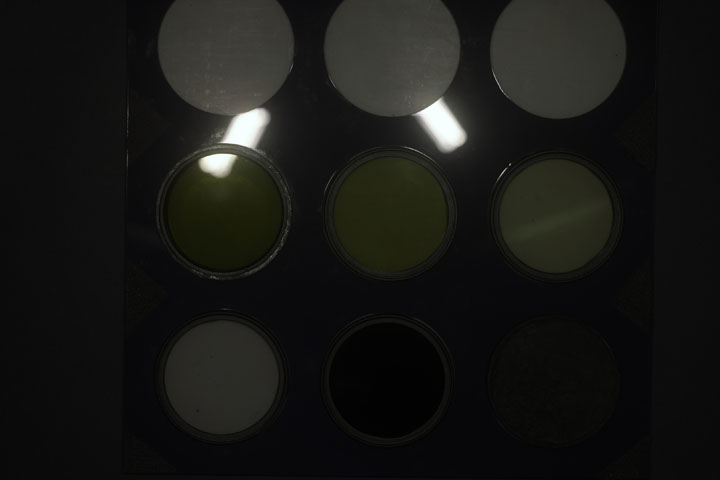

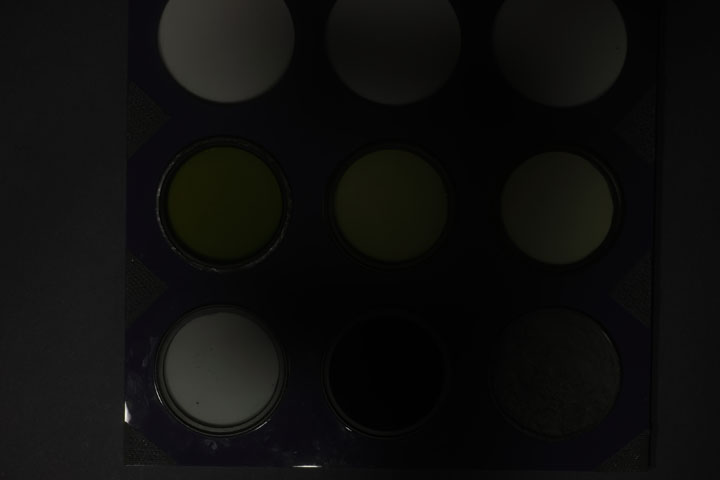

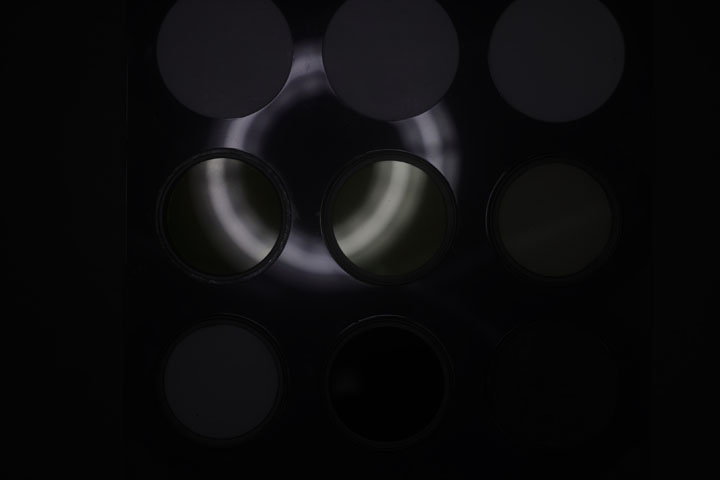
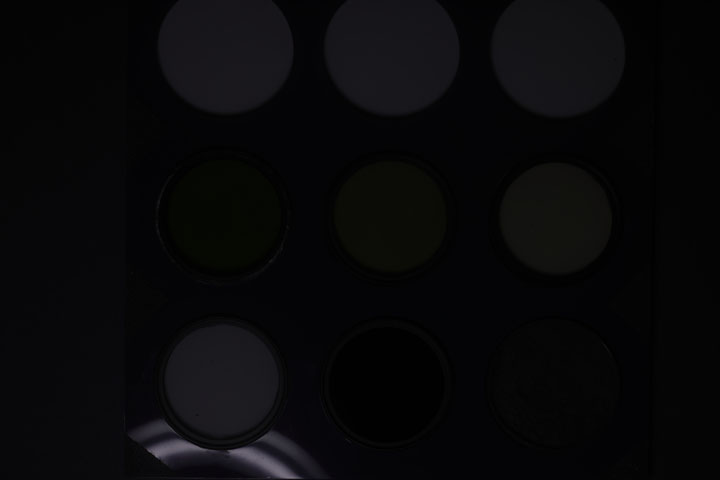
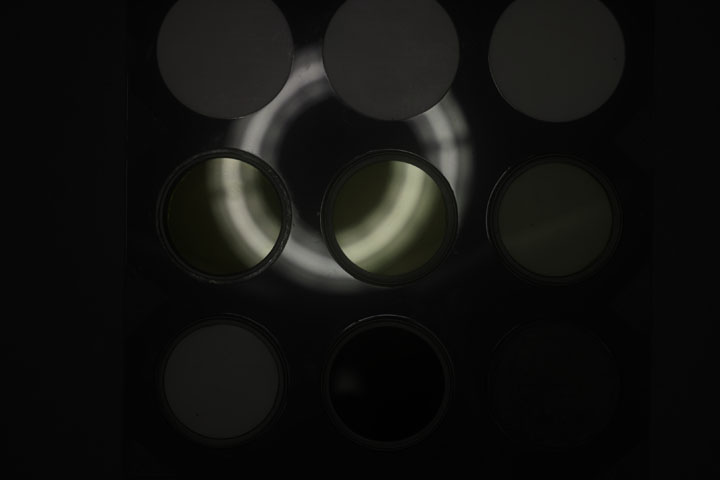
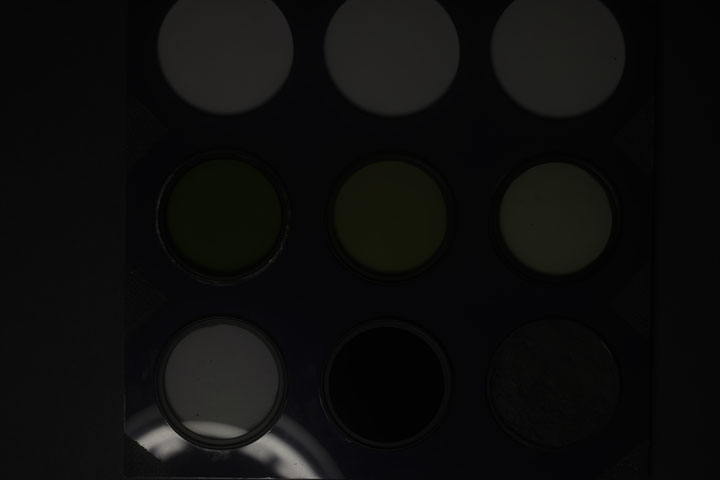
Leave a Reply